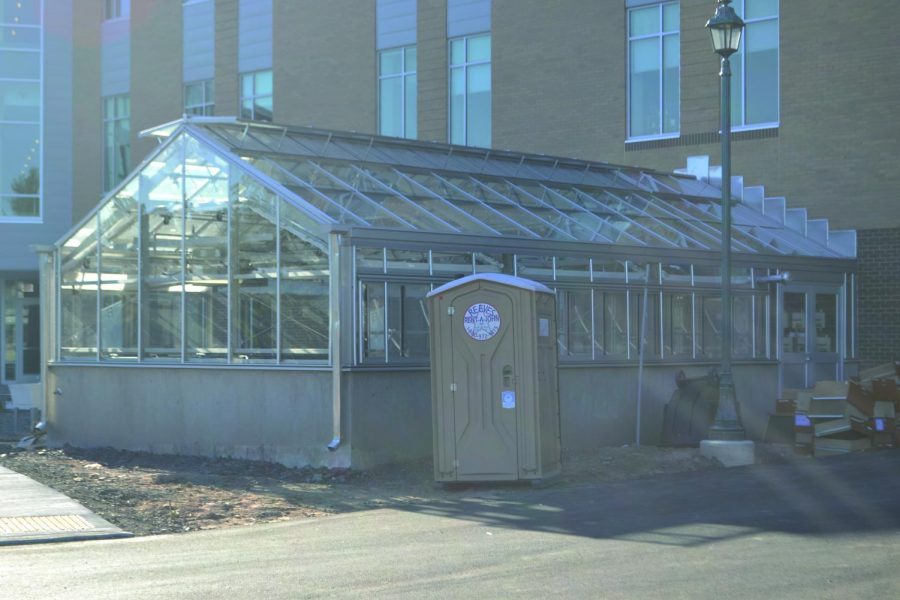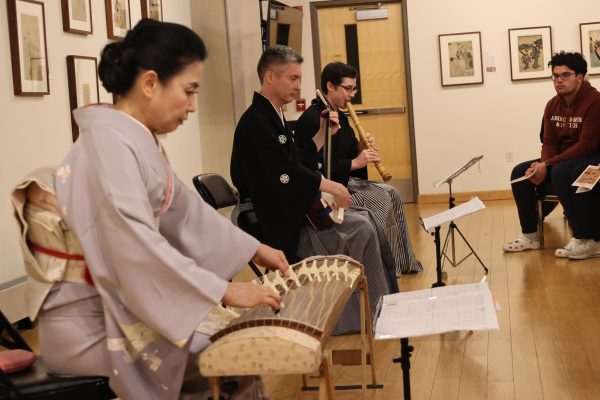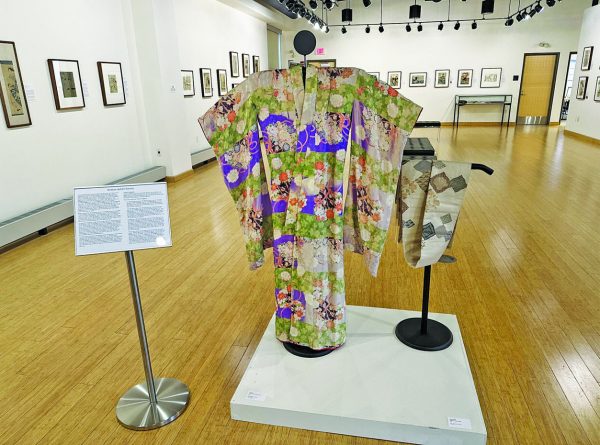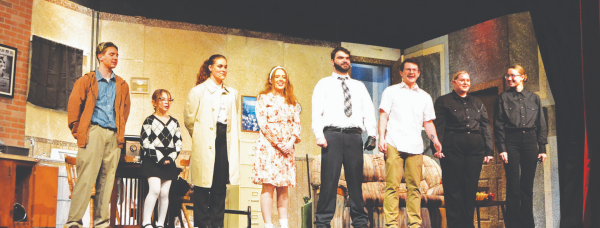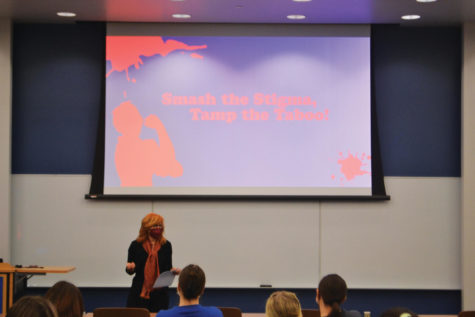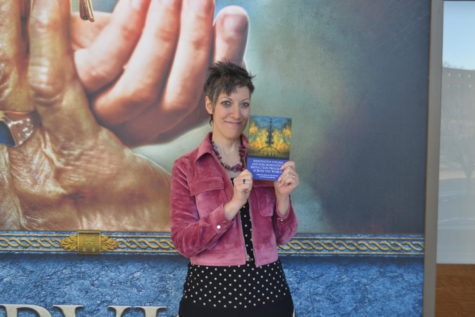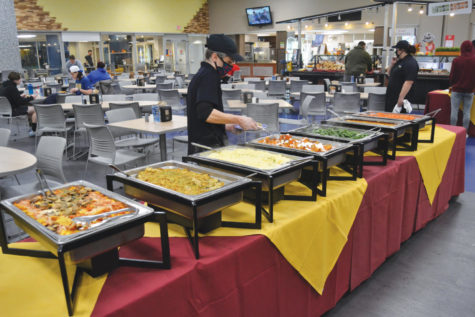Professors and Students Express Excitement for New Greenhouse
October 1, 2021
During interviews with Biology professors Dr. Linda Auker, Dr. Cosima Wiese and Dr. Anthony Serino, new information behind the building’s construction reveals there is much more to appreciate than that which meets the eye.
Misericordia’s greenhouse is located on the south side of the science center’s west wing and is accessed from either inside on the ground floor or through the loading area annexed to the greenhouse’s exterior.
As illustrated by Wiese, the interior entrance leads to a room before the greenhouse called the headhouse. This serves as a workstation, nursery, toolshed, and mudroom kept separate from the main greenhouse and serves as one of the top major improvements the greenhouse has in relation to the previous one, located on the uppermost level of the science center. The headhouse features a large waste-collection bin called an autoclave, used primarily for disposing other post-experiment wastes that cannot be composted.
“It’s so much more accessible and there’s so much more space to put plants,” says Wiese.
Other installments in the headhouse include a large sink, large cabinets, three entrances – one leading outside and serving as a loading bay, another connecting the greenhouse to the rest of the science center, and a third leading into the greenhouse, opposite the second door.
Wiese collects safe organic waste to be composted. This compost is planned to be used to help grow and fertilize more greenhouse plants which, in turn, will be added to compost.
Serino, who helped with the design process for the facility’s construction, said the new greenhouse is about double the size of the older facility. To make even more space within, plants are stored on moveable tables rather than stationary shelves.
“I like the mechanical aspect of the building itself,” said Serino.
Nearly every feature of the greenhouse is computerized and automated. External monitoring tools measure wind speed and direction, sunlight brightness, and temperature autonomously in real time and not only record it, but also have the greenhouse respond by opening or closing mechanical ventilation flaps, adjusting the internal heating, and adjusting its motorized sun-awning, which doubles as a thermal barrier during the colder months.
“I’m just so excited to be in there!” Wiese said. “It’s such a huge improvement from what we had before where the temperature could not be controlled and insects would fly in; it leaked and we’d get water inside.”
Serino said the old greenhouse has undergone minor repairs during the science center’s recent renovations, but no interior changes have been made to it. The old greenhouse’s glass paneling has been fully sealed with hopes of no more leaks. This also handles certain issues with temperature control. Its small size also provided another challenge for housing projects from multiple classes.
“It was really small … and I remember almost every square … it was full,” Serino said.
There is discussion among faculty about what to do with the old greenhouse; however, its future use has yet to be determined.
The addition of a new greenhouse to the science center has opened a collection of new classes and clubs revolving around the Biology Department. This includes BIO 201: Structure and Function, BIO 202: Biological Interactions, and two higher level courses – BIO 310: Environmental Biology, and BIO 311: Plant Physiology and the new Environmental Studies Program. According to Auker, other courses such as students in her Marine Biology labs, will also occasionally use the greenhouse for experiments. The greenhouse’s advanced internals also open opportunities to conduct experiments that require actively stabilizing conditions for longer timeframes.
“We have done longer terms of studies, looking at if you grow plants in solutions, in a hydroponic system – not in soil, but in a solution,” said Wiese.
Professors can provide plants for new projects sooner as well because most of the upkeep work that seedlings need is handled by the automated and adjustable watering systems rather than through manual labor. With time freed up, those efforts can be spent on designing more elaborate projects, such as hydroponic research rather than for keeping the herbal test subjects healthy.
“I mean just having this beautiful space, having room, having the headhouse, and the dedicated space for planting, so many improvements – it’s just such a wonderful facility,” Weise concluded.

